Intercity Transportation
Italy’s railways are convenient and relatively cheap compared with other European countries. Most trains are run by Trenitalia, Italy’s national train operator. Another option is Italo, a private operator that runs high-velocity trains to and from Turin, Milan, Verona, Venice, Bologna, Florence, Rome, Naples, and Salerno.
Tickets for regional trains must be validated in the green machines found at the head of platforms before boarding. If you forget to validate a ticket, you’ll likely have to pay a fine once you board your train. Tickets printed at home or tickets for Frecciarossa, Frecciargento, Frecciabianca, Italo, InterCity, and EuroCity trains don’t have to be validated. Lonely Planet has a detailed guide of the types, prices, and duration of the main train routes.
Italy also has an excellent intercity bus network. Buses are particularly useful in the more mountainous and rural inland areas where there’s limited rail infrastructure. Bus tickets are usually comparable to train tickets. Omio (formerly GoEuro) is an excellent resource for finding the best bus deals.
There’s also an extensive ferry network that runs to and from the mainland and Italy’s larger and smaller islands. Ferry services are frequent from March until October, but the rest of the year ferry services are limited. Ferries also run between Italy and these countries: Albania, Croatia, Egypt, France (Corsica), Greece, Israel, Malta, Spain (the Balearics), Tunisia, and Turkey.
Ferry ticket prices, like bus and train tickets, depend on how far you’re going, what class you want, and what time of year it is. Traghetti.com is the best site for researching ferry services to, from, and within Italy.
 Travel Shop
Travel Shop Merch
Merch Travel Tips
Travel Tips
 Photography
Photography Points & Miles
Points & Miles Credit Cards
Credit Cards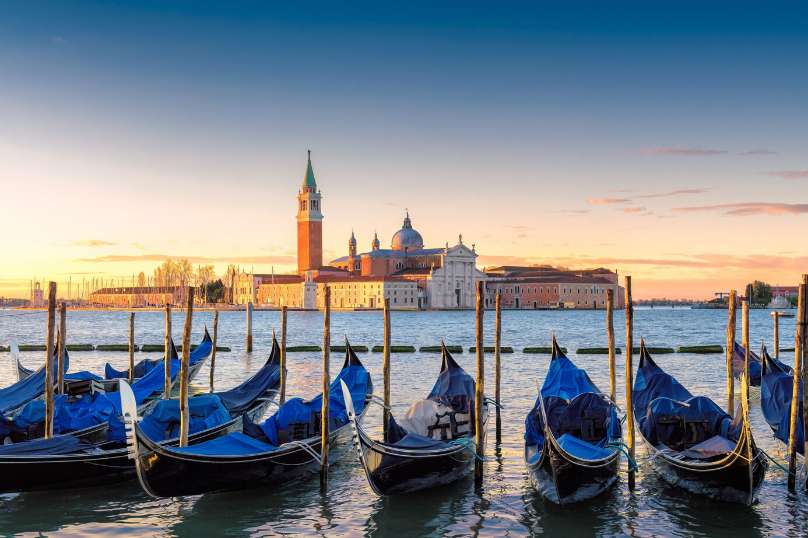
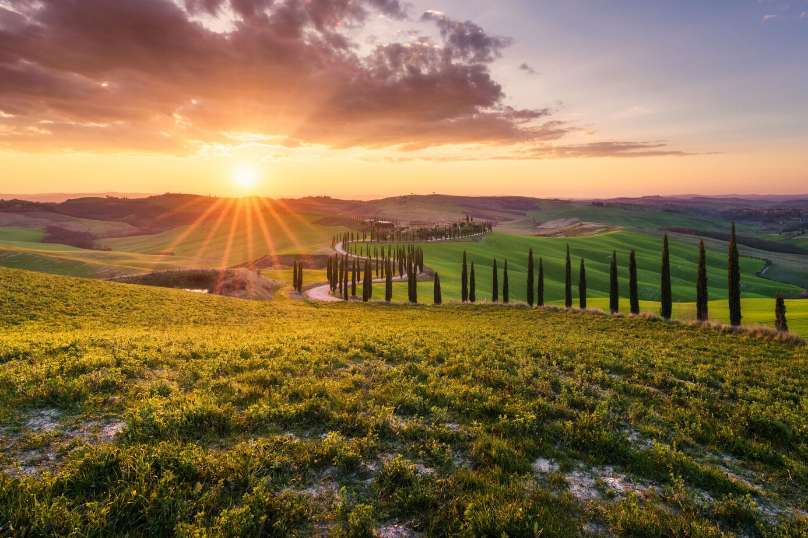
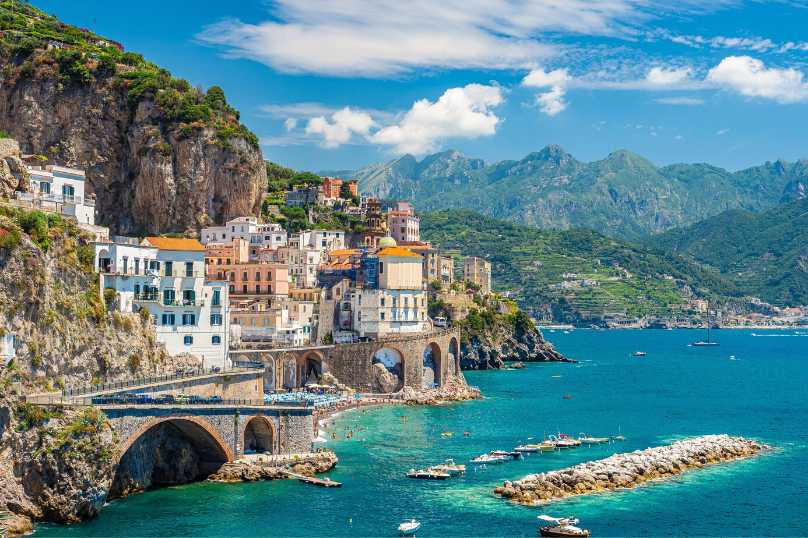



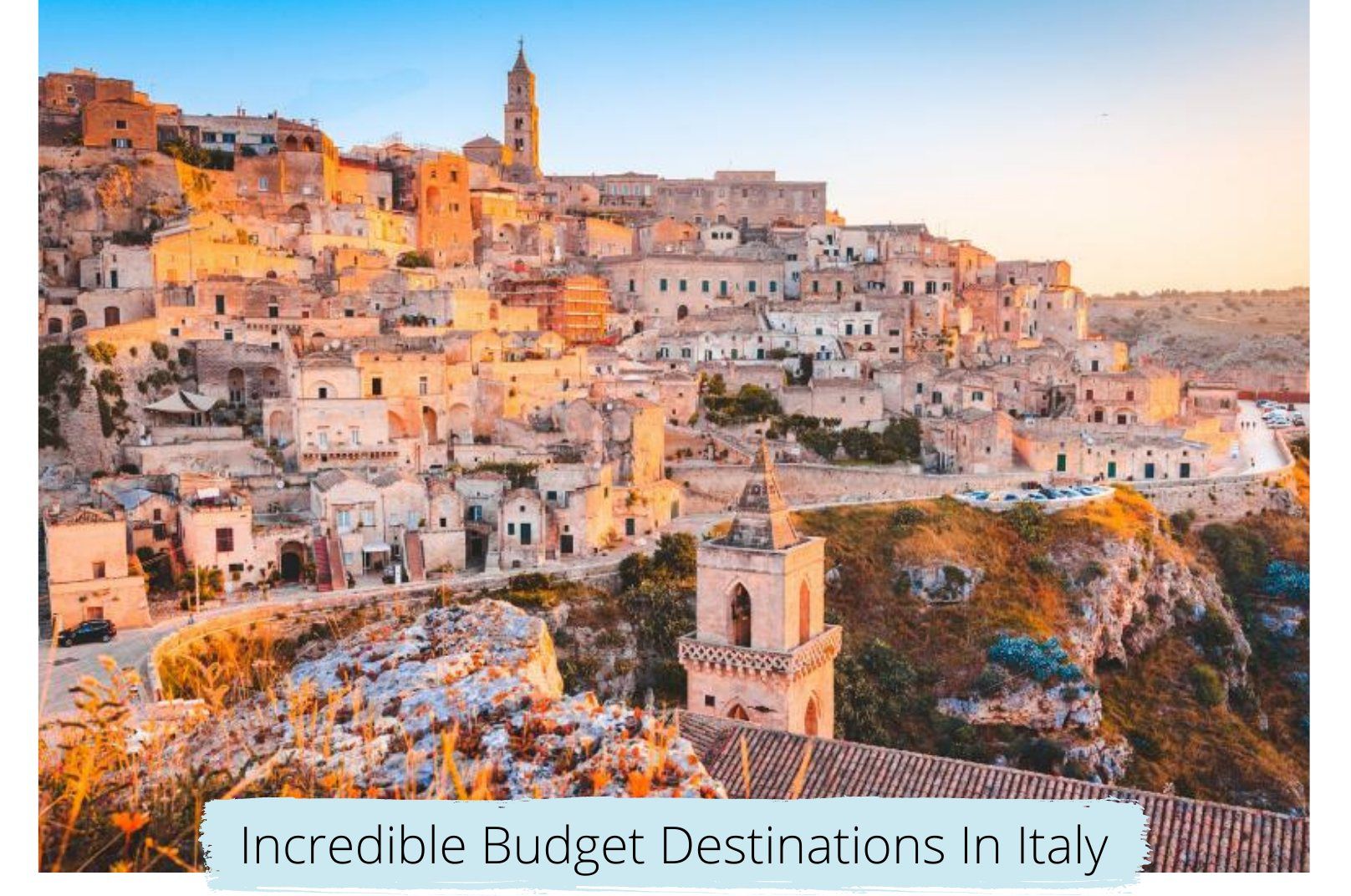



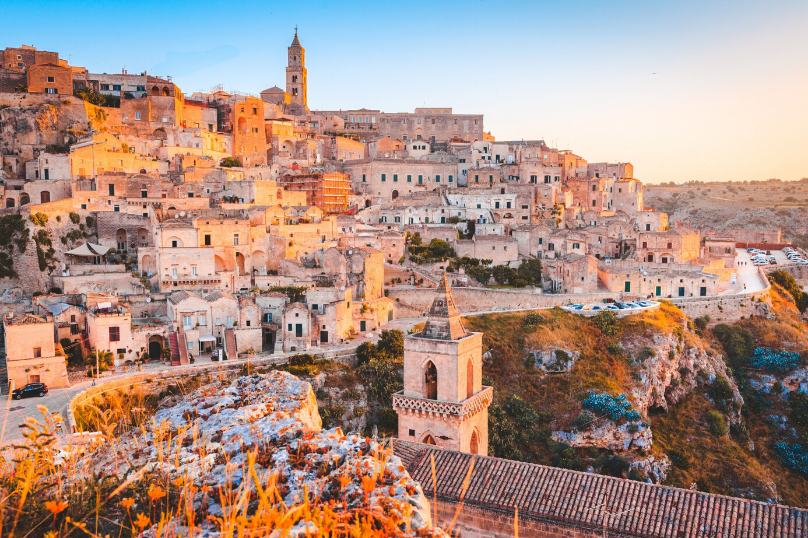

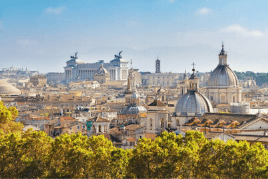

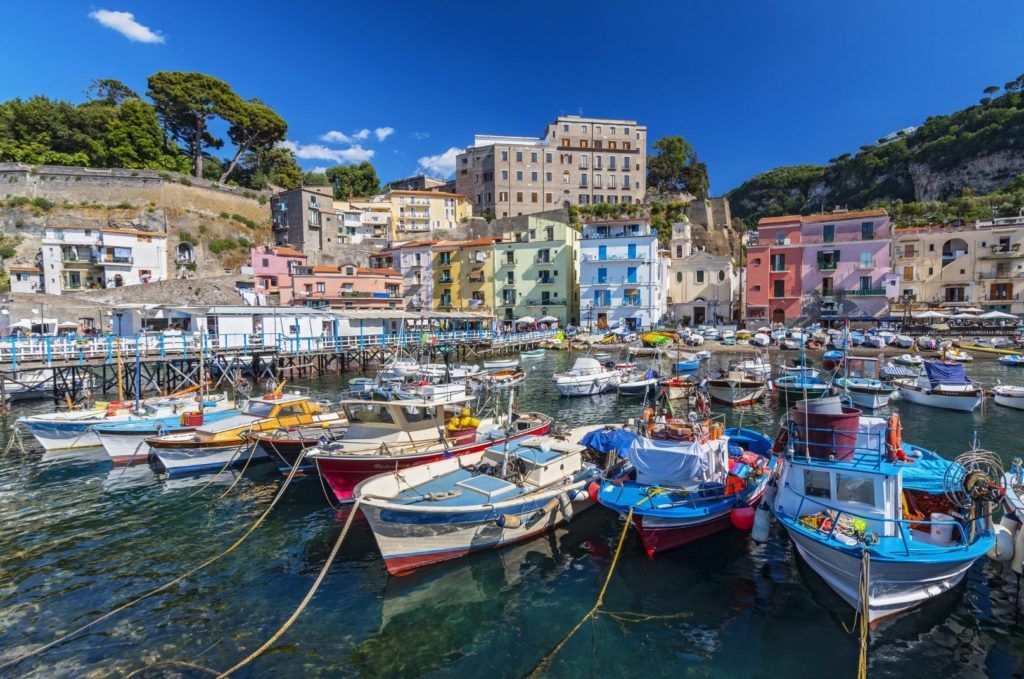
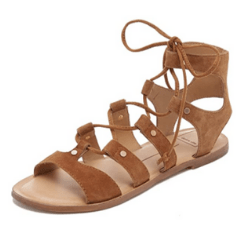


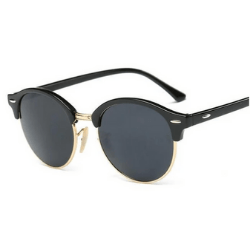




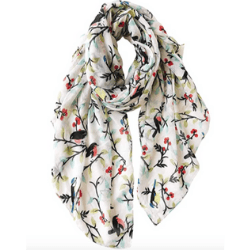
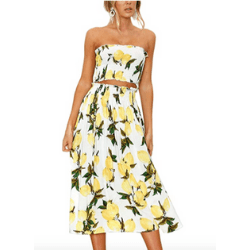


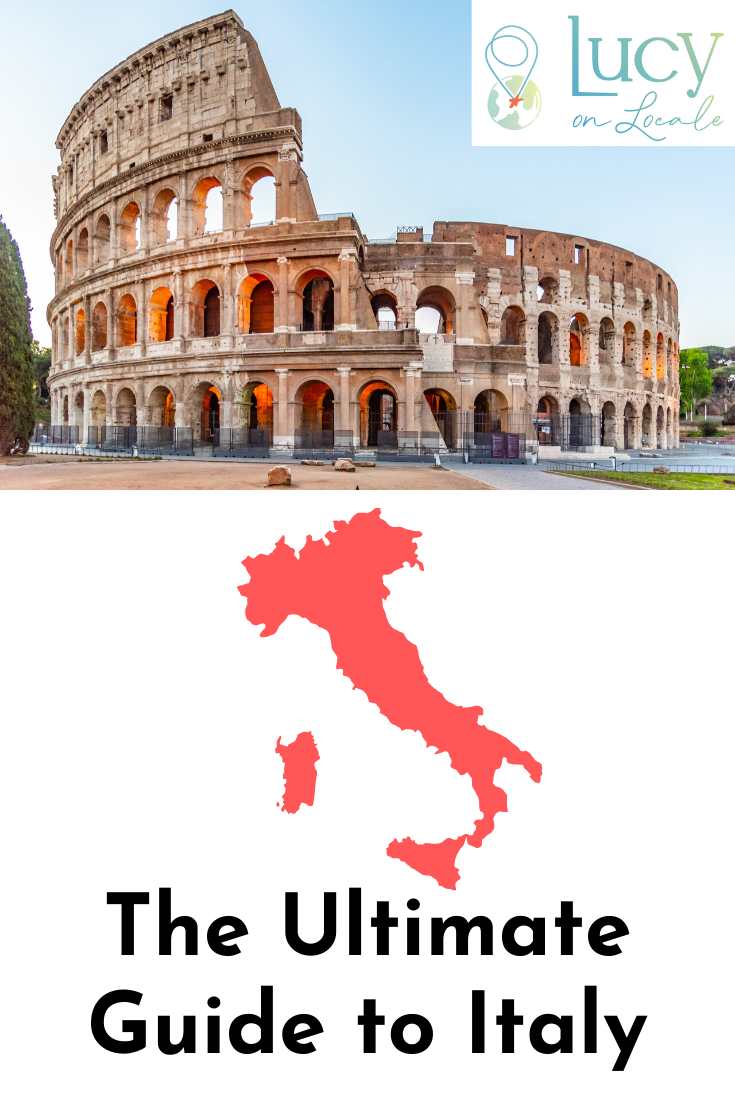


menty
it’s like a bible! haha, wonderful list!
Lucy On Locale
All of my country guides were labor or loves, but this is all the information I had to hunt and find from multiple places when I was planning my trips. So I wanted to make a resource that had it all in one place!